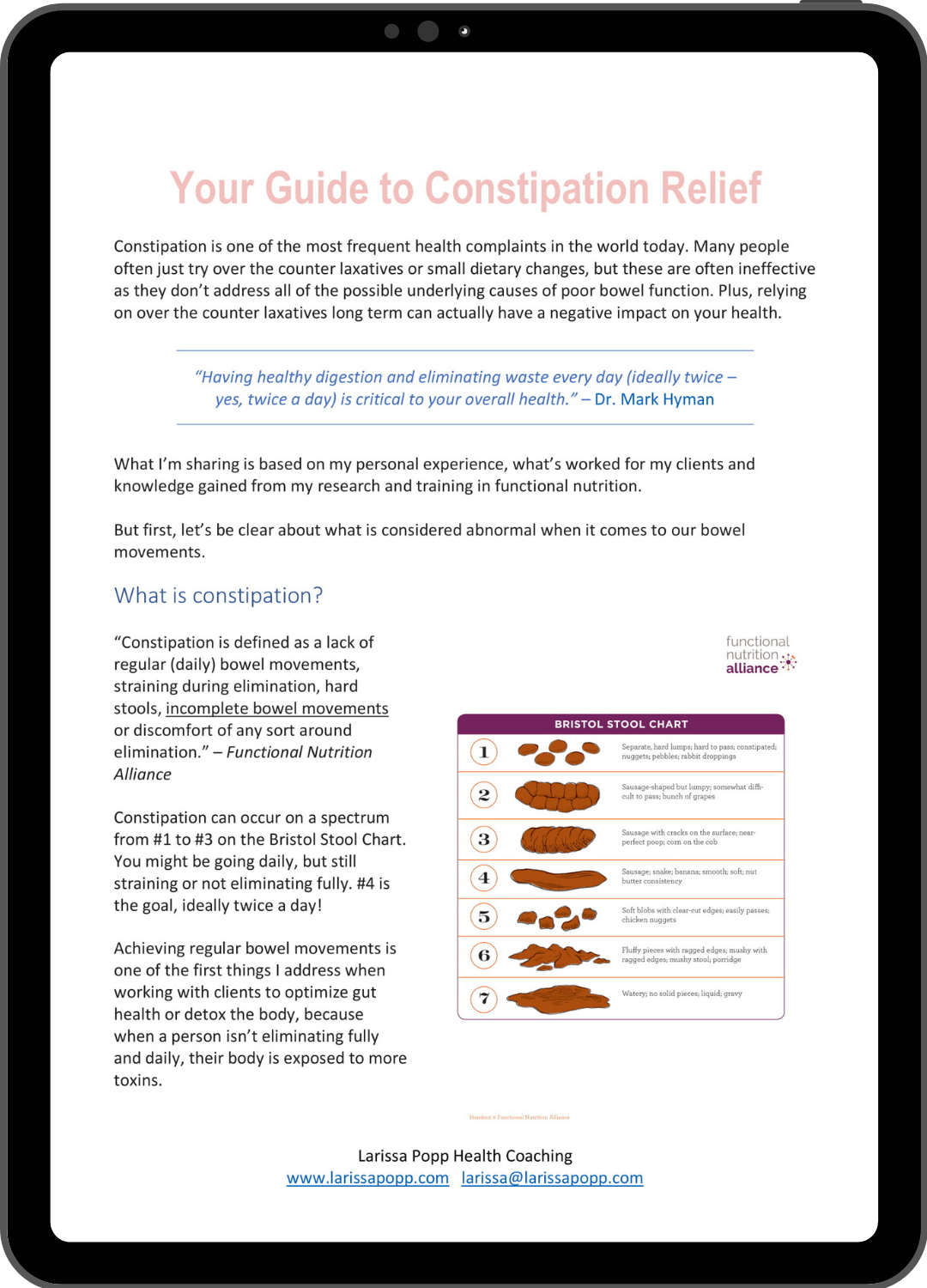
Did you know that cinnamon ranks #1 out of 26 of the most popular herbs and spices in the world in terms of its protective antioxidant levels? (1) And it also has anti-bacterial, anti-fungal, anti-diabetic, and many more potential benefits beyond its use in flavoring food.
As I recently learned about the process for harvesting cinnamon while in Sri Lanka, which is the place “true” Ceylon cinnamon originates from, I wanted to write a post to specifically showcase cinnamon and talk more about its benefits and the ways that I like to use it. If you want to see how cinnamon is harvested check out my video on YouTube here.
The benefits of cinnamon
If you’re like most, you probably use spices mostly for food flavoring. However, spices have also been used in folk medicines for thousands of years and have many powerful, evidence-based medicinal benefits.
So, I suggest you start to think of your spice cupboard as your medicine cabinet and look for more ways to incorporate different spices (and herbs) into your cooking — on top of receiving added health benefits, I’m sure you’ll also discover some amazing new flavors.
Side Note: Be open to trying new spices even if you think you don’t like the taste. We can actually retrain our tastes by simply exposing our taste buds to new flavors enough times. This is how I learned to love so many spices, herbs and veggies that I previously hated (such as cumin, cilantro, and olives, just to name a few!).
Cinnamon is one of the most versatile spices to use in cooking because it’s great in both sweet and savory dishes. It is also one of the most medicinal spices. So, I want to share a list of it amazing benefits + some of my favorite ways to use cinnamon, with the hopes of inspiring you to start consuming cinnamon daily.
According to Healthline and Dr. Axe (and cited research studies), here’s some of the top evidence-based health benefits of cinnamon:
- Helps fight bacterial and fungal infections, as well as bad breath & tooth decay. Cinnamon is very high in a compound called cinnamaldehyde which is is thought to be responsible for many of it’s powerful medical properties, and has antifungal and antibacterial properties which can help to not only eliminate/prevent bad breath but can also help fight tooth decay and possibly reduce infections.
- High in antioxidants, which protect your body from oxidative damage caused by free radicals, thus helping to prevent many chronic diseases and slow the aging process. “In a study that compared the antioxidant activity of 26 spices, cinnamon wound up as the clear winner, even outranking “superfoods” like garlic and oregano (2).”
- Has anti-inflammatory properties, which is ideal for most people as chronic inflammation is quite prevalent these days and one of the main contributors to many chronic disease. Reducing inflammation to ideal levels can also to boost immunity in general, and give you more vibrant energy and mental clarity.
- Protects the heart, by improving key risk factors for heart disease including cholesterol, triglycerides, and blood pressure.
- Increases sensitivity to insulin, which is a key hormone regulating metabolism and energy use
- Helps to lower and stabilize blood sugar levels & prevent Type 2 diabetes (at a dose of just .5 to 2 teaspoons per day). “Numerous human studies have confirmed the anti-diabetic effects of cinnamon, showing that it can lower fasting blood sugar levels by 10–29% (3, 4, 5).” Because cinnamon also increases sensitivity to insulin, it is considered one of the best foods for pre-diabetics and diabetics (Dr. Axe). “Cinnamon for diabetes can help block the activity of several digestive enzymes to slow the absorption of sugar in the bloodstream after a high-carb meal. (6)”
- Preserves brain function and helps defend against neurodegenerative diseases such as Alzheimer’s and Parkinson’s disease.
- May lower risk of cancer, esp. in the colon
- Sweetens up recipes without sugar. Adding cinnamon to tea, coffee, baked goods and oatmeal can help you reduce your sugar intake and thus help with weight loss, diabetes, low energy, and overall health.
What’s the best kind to use?
There are two main types of cinnamon:
- Cassia cinnamon — this is the most common variety
- Ceylon cinnamon — this is “true” cinnamon, and what I personally use
According to Healthline, it’s better to use the “true” Ceylon cinnamon.
Both types have health benefits, but if you’re using a lot of cinnamon, it’s better to use Ceylon because in large doses the Cassia type may be harmful. The Cassia type contains significant amounts of a compound called coumarin, which is believed to lead to liver toxicity and damage in large doses. The Ceylon variety only contains trace amounts of coumarin.
It’s recommended to limit Cassia cinnamon consumption to 1 tsp per day, and Ceylon to 2 and ½ teaspoons per day. (Healthline)
How I use it + some recipe suggestions:
I add cinnamon to just about anything I make for breakfast (except for eggs, avocado toast and sauteed greens) — it adds natural sweetness so I don’t need to add as much sugar. Here’s some of my go-to breakfast & beverage recipes using cinnamon:
- Oatmeal and quinoa porridge → I either add cinnamon and pure vanilla extract, or mix equal parts cinnamon and ginger powder, with ½ part cardamom powder. Then I add some chopped dates, dried berries, or sliced banana for extra sweetness. I’m currently loving this oatmeal recipe from @maddielymburner (I just use regular oats instead of instant when I’m having it for a regular breakfast and not pre-workout meal). You can find the recipe in the description of this YouTube video.
- Chia pudding → Try ¼ cup chia + 1 cup coconut or nut milk + ¼ tsp vanilla extract and ¼ to ½ tsp cinnamon. You can also add a pinch of cardamom and clove powder for a chai flavor. Then I like to sprinkle some coconut sugar on top before eating.
- Gluten-free pancakes → I add ½ tsp of cinnamon to this gluten-free coconut flour pancake recipe. You also sometimes make gluten-free pancakes with oats or buckwheat (I make my own flour by simply pulsing the oats or buckwheat groats in my Vitamix, or food processor).
- Almond butter → I love to mix cinnamon and a little vanilla into almond butter and have it with a banana or apple slices for breakfast some days or as a snack (you could do the same with peanut butter). I also love filling dates with a little cinnamon almond butter for a quick delicious snack. Check out this tutorial from @cookieandkate on how to make your own almond butter.
- Green smoothies & protein shakes → see my go-to green smoothie recipe.
- Chai, Cinnamon tea, or Mexican hot chocolate → I love to make chai (often sans the tea), by adding a few pieces of cinnamon bark, fresh ginger, a clove or two, and a few cardamom pods to a pot of water and simmering for about 10 minutes. Alternatively, as they do in Sri Lanka, you can simply make cinnamon “tea” by adding cinnamon powder to hot water then straining. Or try making a Mexican hot chocolate which includes cinnamon and cayenne.
- My morning collagen and spice elixir → Recipe below.
Cinnamon can also be used in many savory recipes, for example:
- Sprinkled on roasted veggies. I especially LOVE cinnamon sprinkled on a baked sweet potato or roasted kabocha squash. One of my favorite recipes from the Everyday Ayurveda Cookbook is the yam bomb which is simply a roasted yam or sweet potato topped with whipped tahini (½ cup tahini, 2 tbsp olive oil, juice of ½ lemon, ½ tsp salt) and a dusting of sweet spice mix (2 parts cinnamon and ginger, 1 part cardamom and a pinch of nutmeg).
- Cooked with meat or rice. Adding cinnamon bark and cardamom pods with white basmati rice while cooking adds a very nice aroma and taste. Also, if you’re a meat-lover there are many meat recipes using cinnamon as well. Try this cinnamon chicken biryani recipe.
My morning collagen and spice elixir:
Because cinnamon, turmeric, ginger and saffron are some of the healthiest spices I like to add them all together in one drink that I have in the morning to start my day, along with a few other healthy ingredients including lemon, raw honey and collagen powder. I add some coconut oil and black pepper to enhance the body’s absorption of the turmeric.
Here’s my recipe (I don’t always measure exactly, so these are just estimates — adjust to your taste):
- ½ a lemon, juiced
- A knob of fresh ginger, juiced (I simply grate it with a microplane and then squeeze the pulp in my hand over a bowl — alternatively you can use ginger powder)
- ½ tsp raw honey
- ¼ tsp cinnamon powder
- ¼ tsp turmeric powder
- ½ tsp coconut oil
- few grinds of black pepper (best to use freshly ground pepper)
- few saffron threads
- scoop of collagen protein powder
And for days that I want to save time, or just keep things simple, I make this version (and then take a turmeric/curcumin pill) — I suggest you try this recipe first because it’s tastier as well:
- ½ a lemon, juiced
- A large knob of fresh ginger, juiced
- A few dashes of cinnamon powder
- A ½ tsp of raw honey
- A scoop of collagen protein powder


